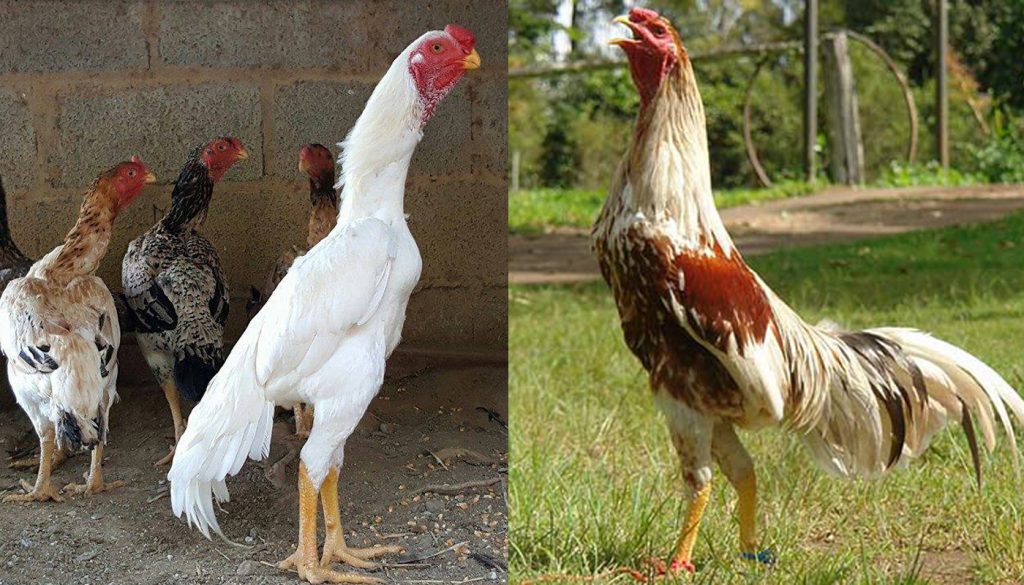
The Shamo is an overall designation of a Gamefowl in Japan and has 7 different varieties are recognized in Japan. Whilst the bird of today hails from Japan its ancestors were from Thailand and were imported into Japan between the 17th and 19th Century. The birds were developed in Japan as fighting birds and after hundreds of years of selective breeding bear little resemblance to their ancestors. The bird is known for being a tall breed and is, in fact, the 2nd tallest of all breeds. Although originally exported all over the world as fighting birds, today they are bred mostly as ornamental or game birds in other countries. The Shamo have a unique upright stance that is almost vertical making it a favorite in show class.
| Country of Origin: | Japan |
| American Poultry Association: | Recognized as a breed of chicken in the United States |
| Chicken Category: | All Other Standard Breed |
| Chicken Class: | Oriental |
| Bantam Variety Available? | Yes – All Other Comb Clean Legged Bantam Classification |
| Related | TOP 10 BANTAM CHICKEN BREEDS FOR BEGINNERS |
| Good Starter Chicken? | They are a low maintenance but can be aggressive to other chickens so would require more care than a breed not as aggressive. Not an ideal chicken for a starter chicken. |
| Related | 10 BEST STARTER CHICKENS FOR THE FIRST TIME POULTRY KEEPER |
PURPOSE⇒ |
Eggs: They produce a relatively low amount of eggs.
The eggs are usually medium in size and are Light brown in color. They produce up to 80 per year.
Meat: Shamo produces a good amount of meat but is considered tough so does not appeal to all palates.
Breeding: They can be bred. Hens do get broody they are excellent mothers but due to their size they are sometimes clumsy and have been known to break eggs during hatching, therefore incubation may be considered more advisable for breeding purposes.
If you are breeding the Shamo Chicken always ensure to keep the roosters separate due to their aggressive nature and fighting ancestry they are very territorial and aggressive. For advice on breeding please check our guide to breed poultry. If you are a first-time breeder it is best to get professional advice from your local animal shelters, poultry farmers or vet.
Foraging: They make for great free-range birds but do not do well in confinement.
Show Bird: Shamo Chickens, due to, they’re unique upright Almost vertical posture is a popular choice for a show bird
Pets: They can be tamed easily if cared for correctly from a young age.
Other: Whilst the breed enjoys humans and make for
Great foragers, due to their size they need a large roaming area and do not do well in confinement. They will give your organic garden a lot of nutritious fertilizer to ensure great blooms and tasty vegetables. |
| Flyers? | They are not very good flyers at all and most do not even attempt to do so. |
| Noisy Birds? | Whilst Shamo roosters often crow less than most other breeds, they tend to be a lot louder due to their large size. Not a very noisy bird. |
| Interaction with other chickens: | The more aggressive males do not do well with other animals. Females tend to get along but will need to be watched initially when introduced to other females as altercations have been known to happen amongst hens. As with any flock if you are introducing new birds it is best to slowly socialize them with the flock. |
| Good with kids? | Whilst the breed is known to socialize well with humans due to their large size it is not advisable to have them around very small or inexperienced children. |
| Related | 10 ROOSTER BREEDS THAT DO NOT MIND CHILDREN |
HISTORY
The Shamo actually originated in Thailand and was eventually exported to Japan. The Japanese further developed the breed for fighting purposes to the breed we have come to know as the Shamo today. There are multiple varieties of the breed found in Japan. The Shamo were placed on the protected list by the Japanese government in 1941 for fear of extinction. The breed was first brought into the United States in 1874 being acknowledged and admitted into the American Poultry Association’s Standard of Perfection in 1981, both full size and bantam. Most birds in America can be found in the Southern States of the USA. To date, the Shamo chicken has been listed in the Watch category of the American Livestock Breeds Conservancy’s Conservation Priority List
CHARACTERISTICS |
|
|---|---|
IDENTIFICATION⇒ |
Appearance/Body: They are a tall bird, approximately 3 foot, with an almost vertical upright posture, clean legs with muscular thighs and wide muscular body. Their feathers are hard and often do not cover their whole body. Their tails are short sometimes curving downwards.
Color(s) Black, Black Breasted Red, Dark and Red
Comb: Pea comb
Ave. Weight: Pullet/Hen 6 lbs.
Cockerel/Rooster 11 lbs. |
| Life Expectancy: | The average lifespan is 6 – 8 years but has been known to live for as long as 12 years. |
| Health: | These giant chickens do not have any known health issues. Other than maybe mites, etc. It is always best to check them during winter months for frostbite. |
| You may Also Like: | HOW TO TELL IS A CHICKEN IS SICK |
| Temperament: | The Shamo can be aggressive to chickens of the same sex but enjoy human company. Males are prone to fight the most, whilst females generally get along with each other. |
| Socialize Behavior? | Due to their territorial nature and size, it is not advisable to keep around smaller animals or other male chickens. |
| You may Also Like: | HOW TO SOCIALIZING YOUR NEW CHICKENS |
| Known predators: | Most domestic animals leave them alone as they are not small birds, but it is always best to keep an eye on dogs and cats. If hawks and or foxes are in your area it is always best to take precautions. Check with local animal shelters, zoos, vets, animal control and or pet stores about common predators in your area. |
| Conservation Status: | These birds conservation status is recorded as “watched”. By the American Livestock Breeds Conservancy’s Conservation Priority List. It is best to check on any special license or instructions that may be set up for owning these birds. This can be checked with your local or national conservation centers. |
IDEAL ENVIRONMENT |
|
|---|---|
| Garden Size: | Large area will be needed and as with any animal they love to roam free and free-range. |
| Ideal Climate: | Hot climates are preferred for optimal health and happiness. |
| Ideal Coop: | The rule of thumb for any coop is 50 cm x 50 cm per hen/rooster in the coop. Ensure there is a good space for the nesting boxes and nightly roosting rails at least 1.5 inches wide. Good ventilation for air but not too drafty especially in winter. It is always a good idea to raise the coop off the ground to give the birds a dry place to roost and lay especially in wet weather. |
| Ideal Coop Run: | Although it is a good idea for safety from predators to completely cover the coop run with Shamo it is not necessary to cover the top as they do not fly. |
| Ideal Flock Size: | They like to socialize so there should be more than one as with all chickens they are still flock animals. |
| Special Instructions: | They have no special grooming requirements and are basically a low maintenance bird. |
| Accessories: | The following accessories are ideal for your coop: Nesting boxes Straw for the boxes and roosting area Roosting rails Perches Water troughs/bowls Food bowls/feeders Heating lamp(s) Animal carrier for transport purposes |
| You may Also Like: | 45 FREE DIY CHICKEN COOP PLANS, TUTORIALS AND DESIGNS |
WHERE TO FIND THESE BIRDS TO ADD TO YOUR FLOCK
They are not a very common chicken and will not be found at most live poultry outlets and farms. Greenfire farms is a great source on the Internet as they do sell Shamo and may be able to source them. It is best to check with your local conservation centers, American Live Stock Conservancy, American Poultry Association or The Shamo section of Feathers Site website. These associations/sites will be able to help with finding a registered breeder they may also be able to help with any special requirements, attention or care they may need. If you plan on breeding your chickens, you will want to make sure that they are from a good bloodline.
CARING FOR THE BIRD(S)
Please click here for our full guide to “Taking care of chickens”. This is a comprehensive guide to owning chickens. It covers where to start from choosing your ideal flock, the coop that would best suit your garden, your bird and you to buying and bringing your bird(s) home.
GENERAL
They are an be aggressive but most reports from owners with Shamo say they make excellent pets if tamed and raised correctly.
GROOMING
Other than the preferred dust baths that all chickens enjoy as a grooming routine they do not require much in the way of this. It is a good idea to regularly check them for mites, lice and various other parasites. Always get your birds de-wormed on a regular basis especially if they are around other animals or interacting with kids.
DIET AND NUTRITION
Shamo Chickens love to forage and eat garden insects and pests. They also love indulging in table scraps and will eat most vegetable or fruit leftovers. As with other chickens, they will eat chicken pellets, grains, chicken mash or grain mix from 8 weeks old and older.
For baby chickens, the best is always Chick Starter when they are under 8 weeks old.
Laying hens should get extra protein and calcium in their diets to ensure the quality of their eggs and to keep them in tip-top health.
Please see our comprehensive guide to “Feeding your chickens” for more information of the different types of chicken feed for chicks, hens, laying hens, roosters, etc. and where to buy the feed and approximate cost of the feed.
SOCIALIZING THE BIRD(S)
Shamo Chickens tend to be aggressive by nature so will require some initial monitoring to ensure a peaceful blending into the flock. They would no doubt dominate a gentler smaller breed.
Always check on how well a breed will get on with your current flock before buying them as you do not want to upset your coop or stress your current flock.
If you want to introduce another breed with your Shamo, ensure it is not a timid or much smaller breed.
As with any newcomer to the roost, you will have to quarantine the bird for 7 – 31 days to ensure it does not have any unwanted critters or disease that could spread to your current flock.
As with any species of chicken, they have a pecking order, so it is advisable to socialize newcomers slowly and determine when it is right to allow them to become a permanent part of the flock.
NOTES / SPECIAL INSTRUCTIONS
As they are registered as a “watched” conservation status they may need an extra license to own or keep in your garden. For advice on what the bird’s conservation status and orders are please check with your local conservation department.
For breeders, it is imperative that you always check your bird’s bloodlines and ensure you are buying your birds from a reputed breeder/farm. In order to sell birds of such stature, they have to be recorded and documented, always check with local animal breeding organizations for these records.
These legitimate documents are also required should you wish to show your bird(s) in various poultry shows/competition showings.
For information and advice on adopting rescued animals, you can visit or contact your local animal welfare center.
Video
USEFUL LINKS
- Caring for your Chicken
- Feeding
- Health
- Socializing your Chicken
- Breeding Chicken
- Raising Chickens A-Z
- Hatching Eggs
- What is Molting
- Animal Shelter (ASPCA)
- American Veterinary Medical Association
- American Poultry Association
- American Animal Welfare Society
- American Animal Control
- American Animal Husbandry Society
References
- https://en.wikipedia.org
- https://livestockconservancy.org
- https://www.roysfarm.com
- https://www.mypetchicken.com
- https://www.backyardchickens.com
- https://www.feathersite.com/
 TO HATCH OR NOT TO HATCH? – HATCHING EGGS PART 1
TO HATCH OR NOT TO HATCH? – HATCHING EGGS PART 1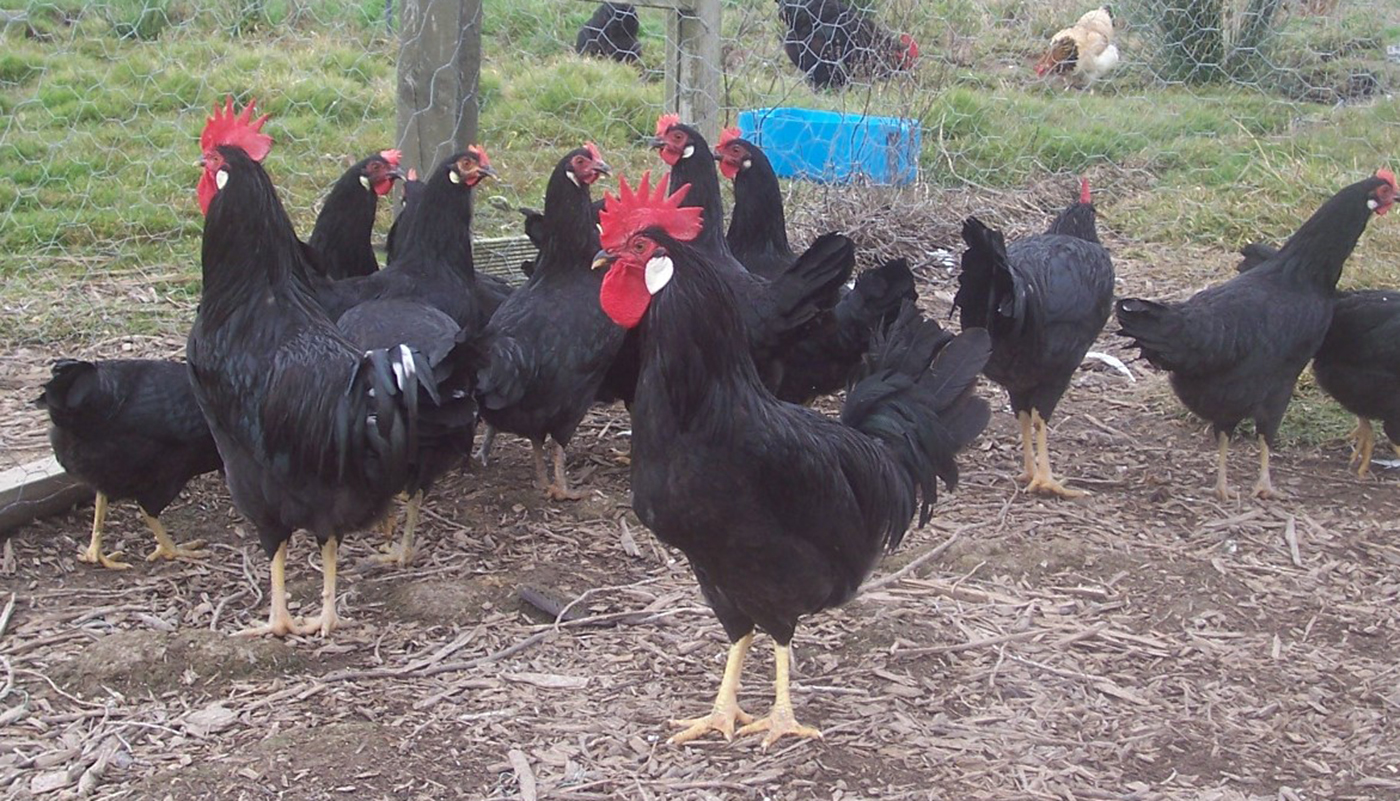 Minorca Chicken Breed – Everything You Need to Know
Minorca Chicken Breed – Everything You Need to Know The Ins and Out of the Chicken coop
The Ins and Out of the Chicken coop The Top Chicken Breeds for Egg Laying
The Top Chicken Breeds for Egg Laying BREEDING CHICKENS
BREEDING CHICKENS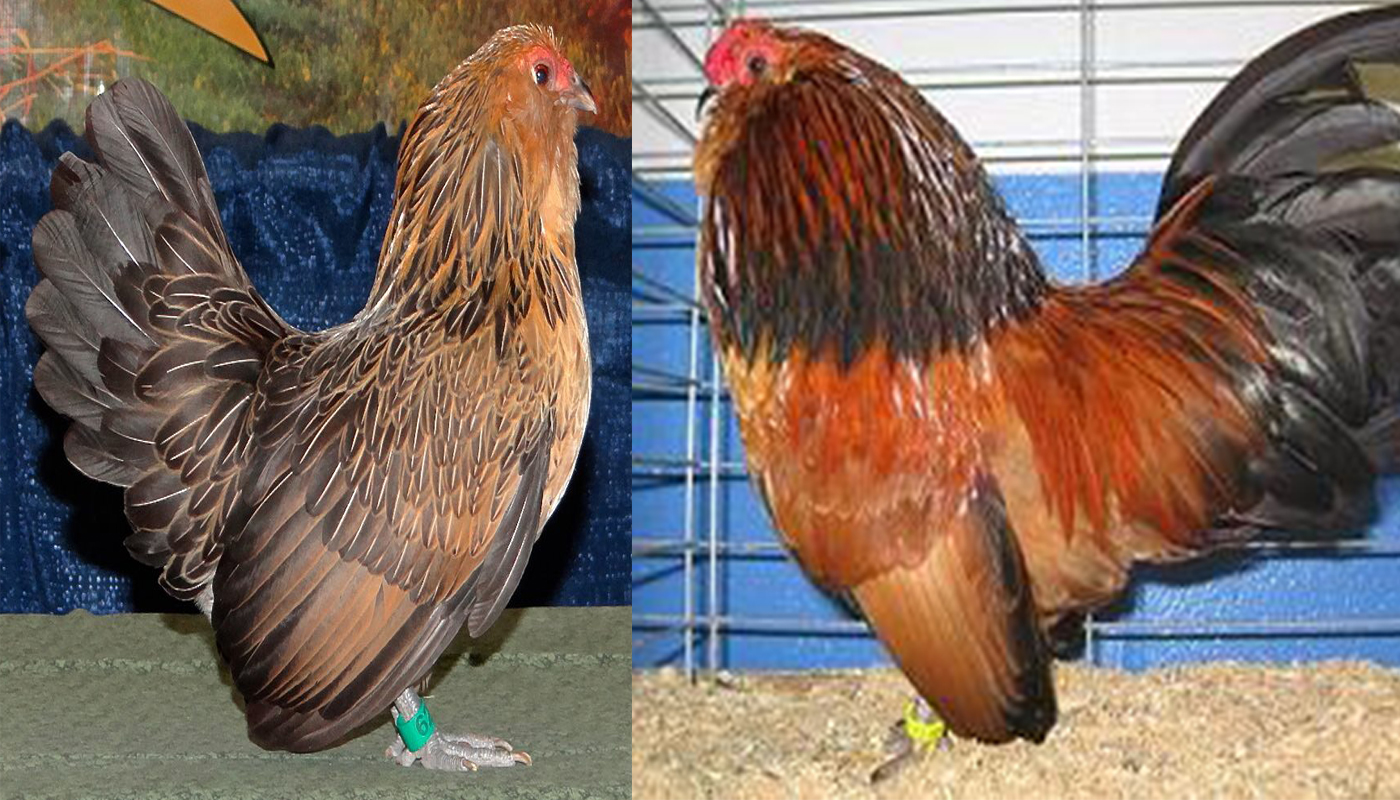 10 of the Smallest Chicken Breeds
10 of the Smallest Chicken Breeds Dominique Chicken Breed – Everything You Need to Know
Dominique Chicken Breed – Everything You Need to Know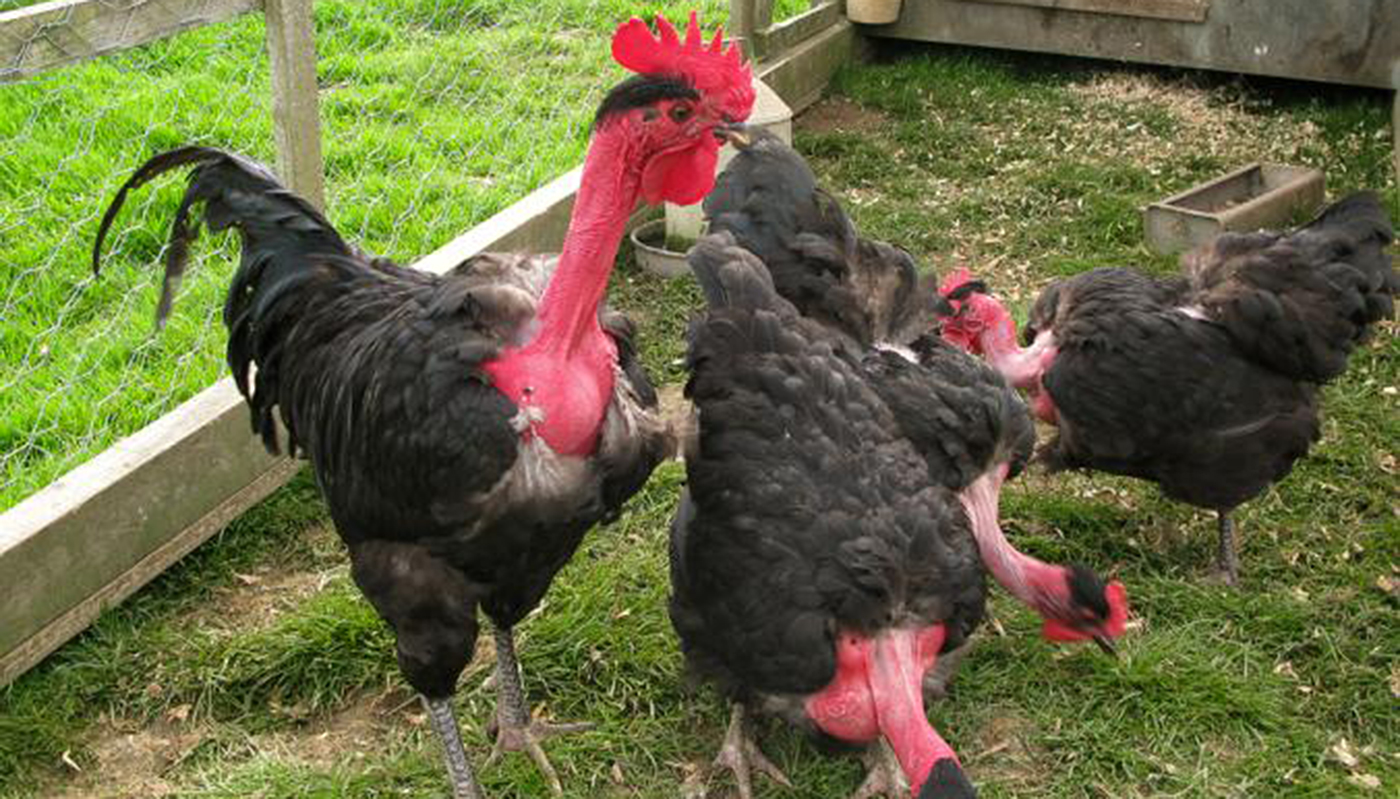 Naked Neck Chicken Breed – Everything You Need to Know
Naked Neck Chicken Breed – Everything You Need to Know Faverolles Chicken Breed – Everything You Need to Know
Faverolles Chicken Breed – Everything You Need to Know CHICKEN DISEASES THAT EVERY CHICKEN OWNER SHOULD BE AWARE OF
CHICKEN DISEASES THAT EVERY CHICKEN OWNER SHOULD BE AWARE OF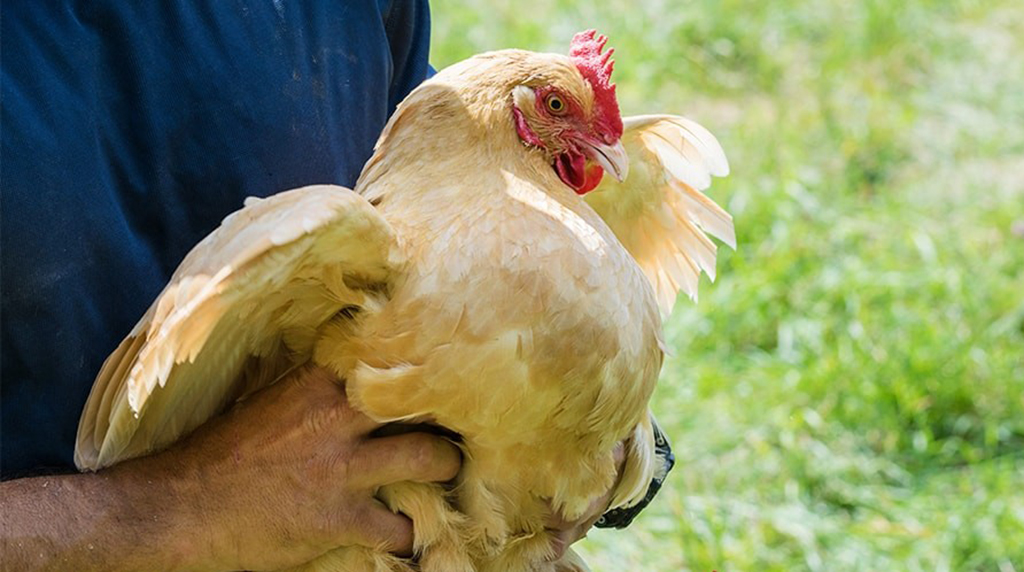 Why Deworming Chickens is Important?
Why Deworming Chickens is Important? RAISING CHICKENS – A STARTER GUIDE FOR THE FIRST-TIME CHICKEN KEEPER
RAISING CHICKENS – A STARTER GUIDE FOR THE FIRST-TIME CHICKEN KEEPER